Medium-grain rice hits the sweet spot with its mix of long-grain rice's fluffy texture and short-grain rice's stickiness. In the article below, I share just how versatile this type of rice is and highlight eight types, like Calrose and Bhutanese red rice. I also have expert tips on how to cook, store, and use this rice in different recipes to get that perfect texture and flavor in your meals - and I can't wait to hear how your next feast turns out!
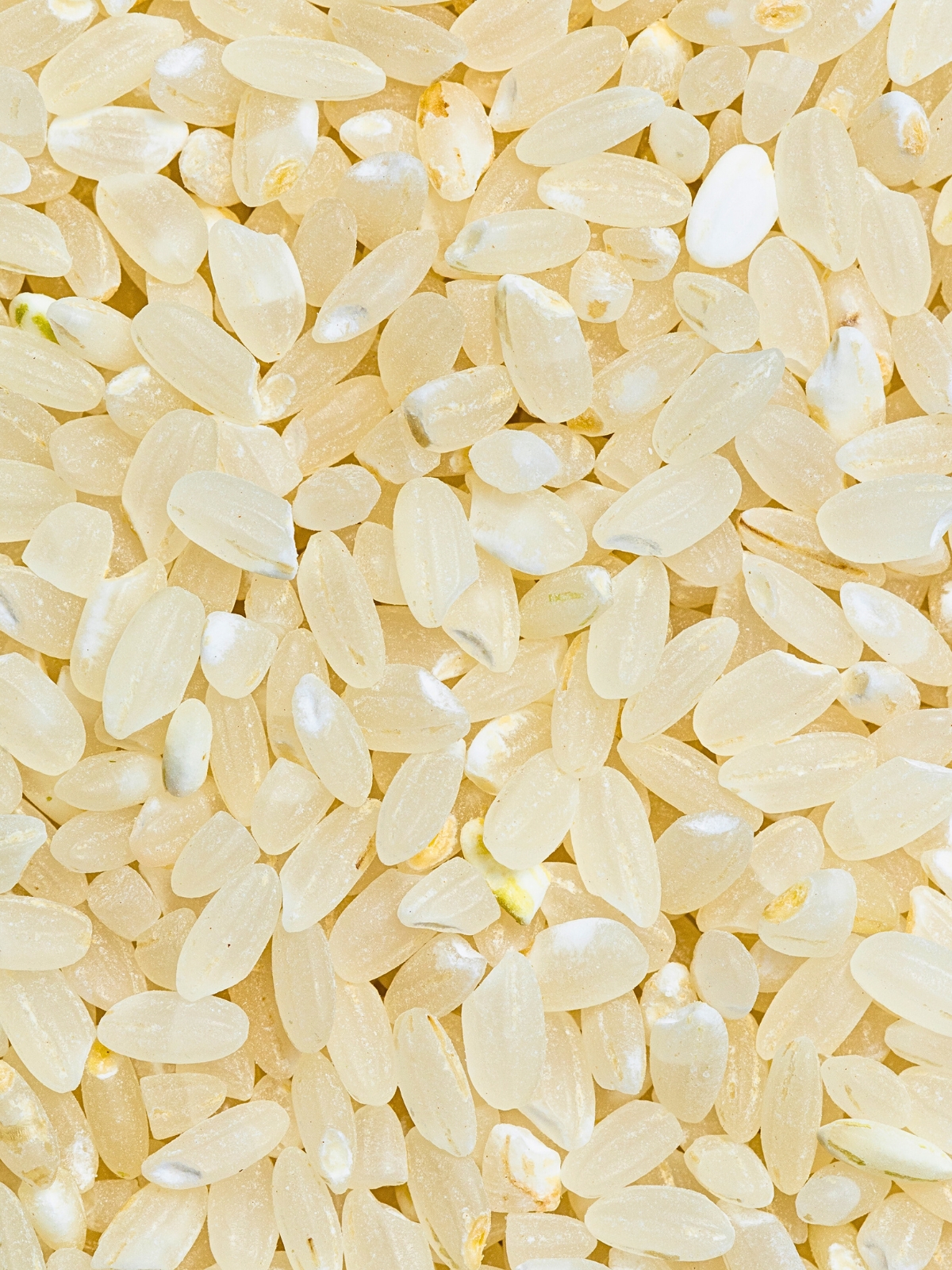
Jump to:
🌾 Grain Highlights
- Medium-grain rice is the perfect middle ground between long-grain rice [think basmati rice and jasmine rice] and short-grain rice [like arborio rice and bomba rice]. It has a great balance between texture and moisture absorption, making it a great pairing with a very diverse array of dishes!
- I describe the texture, cooking times, and best uses of eight types of medium-grain rice—from the very popular Calrose to the Italian Ribe and Chinese black rice, also called forbidden rice!
- As this is very popular among types of rice because of its versatility, I will also share some practical advice I came across on how to use it in different recipes, but also how to store it.
🍚 What is Medium-Grain Rice?
Medium-grain rice is one of the most versatile types of rice. It is loved for its tender, slightly chewy texture and plump appearance.
Unlike long-grain rice, which is slender and separate when cooked, or short-grain rice, which tends to be sticky and clumpy, this type strikes a balance between the two. Its grains are roughly two to three times longer than they are wide, absorbing more moisture during cooking for a softer result.
The starch content is also intermediate between long-grain and short-grain varieties. It contains a balance of amylose, which keeps grains separate, and amylopectin, which makes rice stickier. This gives it a creamy texture without being too clingy, perfect for dishes where you want some stickiness but not too much.
🔠 Types of Medium-Grain Rice
1. Calrose
Calrose is the founding pillar of the California rice industry. It has plump and firm kernels, and the flavor is mild. Because of its adaptability, it is often referred to as an "all-purpose" rice. (source)
Once cooked, calrose becomes slightly soft and sticky, making it an ideal choice for dishes where the grains need to hold up, such as stir-fries, paellas, and even risotto. It takes approximately 15-20 minutes to cook, so very similar to short grain rice.
It contains both amylose and amylopectin, although it leans more towards amylopectin, which contributes to its stickiness. Although it is not traditional sushi rice, some prefer it for homemade sushi.
Calrose brown rice is very popular too! The brown version retains the bran layer, giving it a nutty flavor and slightly chewy texture when cooked. It is often used in various Asian dishes, including sushi, rice bowls, and stir-fries, offering a healthier alternative to white rice while still maintaining a tender and slightly sticky consistency.
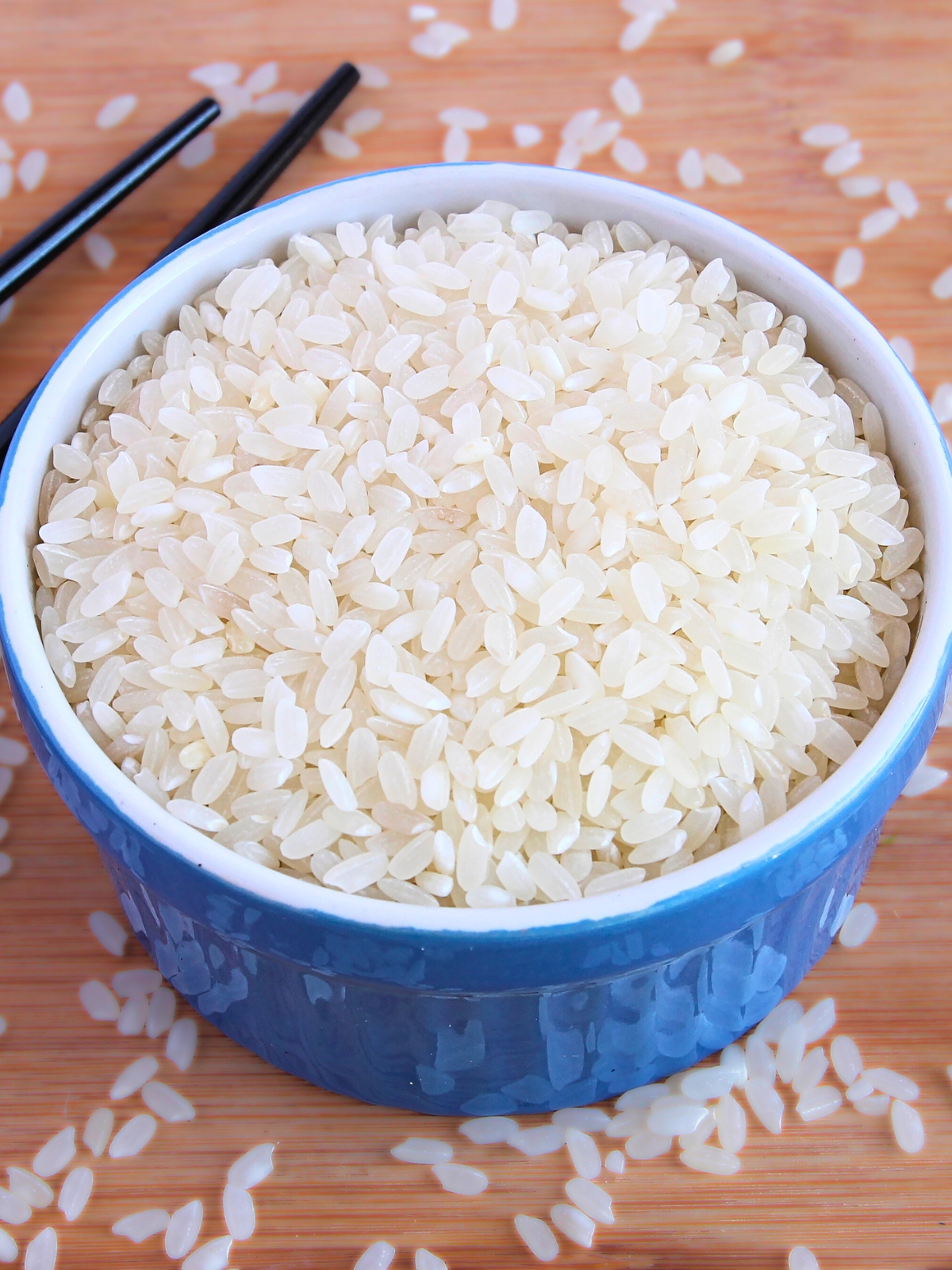
2. Nishiki
Nishiki rice stands out as a premium variety, cultivated primarily in California but catering to a taste that's closely associated with traditional Japanese cuisine.
Its cultivation techniques, developed to mirror Japan's rice-growing conditions, result in a product that consistently delivers in both flavor and texture.
It's specially processed to ensure that, once cooked, it presents a slightly sticky yet tender texture, ideal for dishes like sushi and onigiri (rice balls) or donburi (rice bowl dishes). Nishiki rice is a go-to option for those looking to recreate authentic Japanese dishes at home.
3. Sona Masoori
Sona masoori is a type of Indian medium-grain rice grown in Andhra Pradesh and Karnataka. It is known for its lightweight and aromatic qualities.
This rice is known for its high carbohydrate content and moderate levels of amylose. These attributes contribute to its distinct texture and cooking properties. According to a study published in Open Access Text, it has a Glycemic Index (GI) of 70, making it a high GI food that can raise blood sugar levels quickly after consumption.
Cooking time is approximately 15-20 minutes. Its mild flavor makes it suitable for biryani, pilaf, and other Indian dishes, where the rice grains absorb the flavors of the spices.
4. Bhutanese Red Rice
Originating from the kingdom of Bhutan, Bhutanese red rice is a whole grain rice that offers a nutty flavor and a somewhat chewy texture. What sets it apart is its rich red husk, which contains beneficial antioxidants.
This rice takes longer to cook, often taking about 30 minutes [yet, not as long as wild rice, which can take up to one hour of simmering!].
Its nutty, earthy flavor and slightly crunchy texture make it ideal for salads, pilaf, and stuffing. According to Healthline, this type of rice is higher in fiber and protein than white rice varieties.
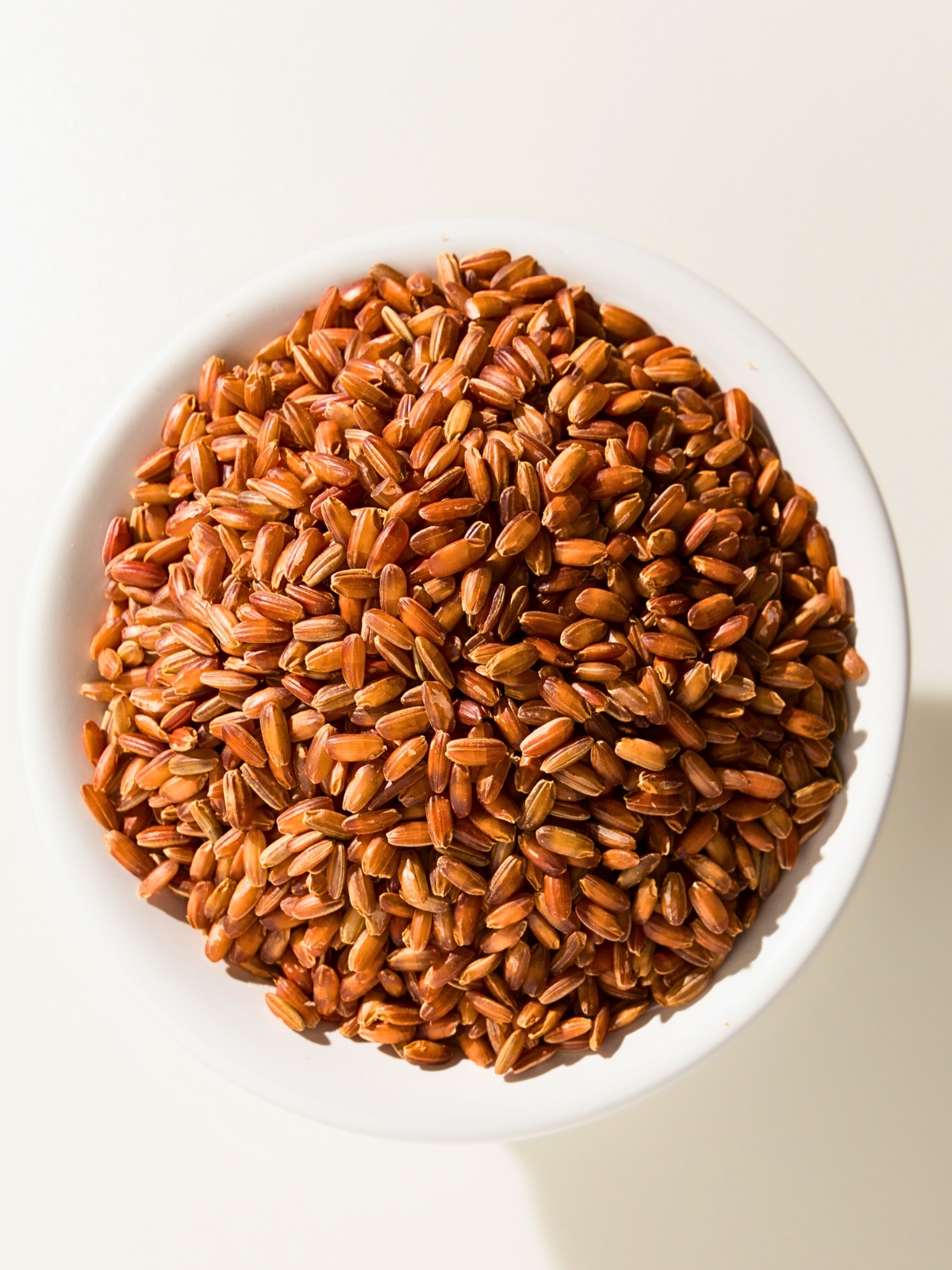
5. Rosematta
Rosematta, also known as red matta or Kerala matta, is a unique medium-grain rice from the Indian state of Kerala. In Karnataka, they call it kaje rice.
This parboiled rice is renowned for its robust, earthy flavor and high nutritional value. As per StyleCraze, it's rich in calcium and vitamins, making it an excellent choice for health-conscious individuals.
Matta rice is slightly sticky due to its lower amylose content and higher amylopectin, yielding a softer texture when cooked. Its cooking time is typically longer than other kinds of rice, requiring a good 25-30 minutes of boiling. This slightly sticky rice pairs well with spicy curries and stews, soaking up flavors beautifully.
6. Chinese Black Rice
Chinese black rice, also known as forbidden rice, is a medium-grain variety originating from China. Its striking black-purple hue comes from anthocyanins, powerful antioxidants also found in blueberries and acai.
According to RealSimple, these antioxidants are heart-healthy and may help protect against heart disease.
With a balanced amylose and amylopectin content, this rice cooks to a slightly sticky texture in approximately 30 minutes. Its mildly sweet and nutty flavor makes it ideal for both savory dishes and desserts like rice pudding.
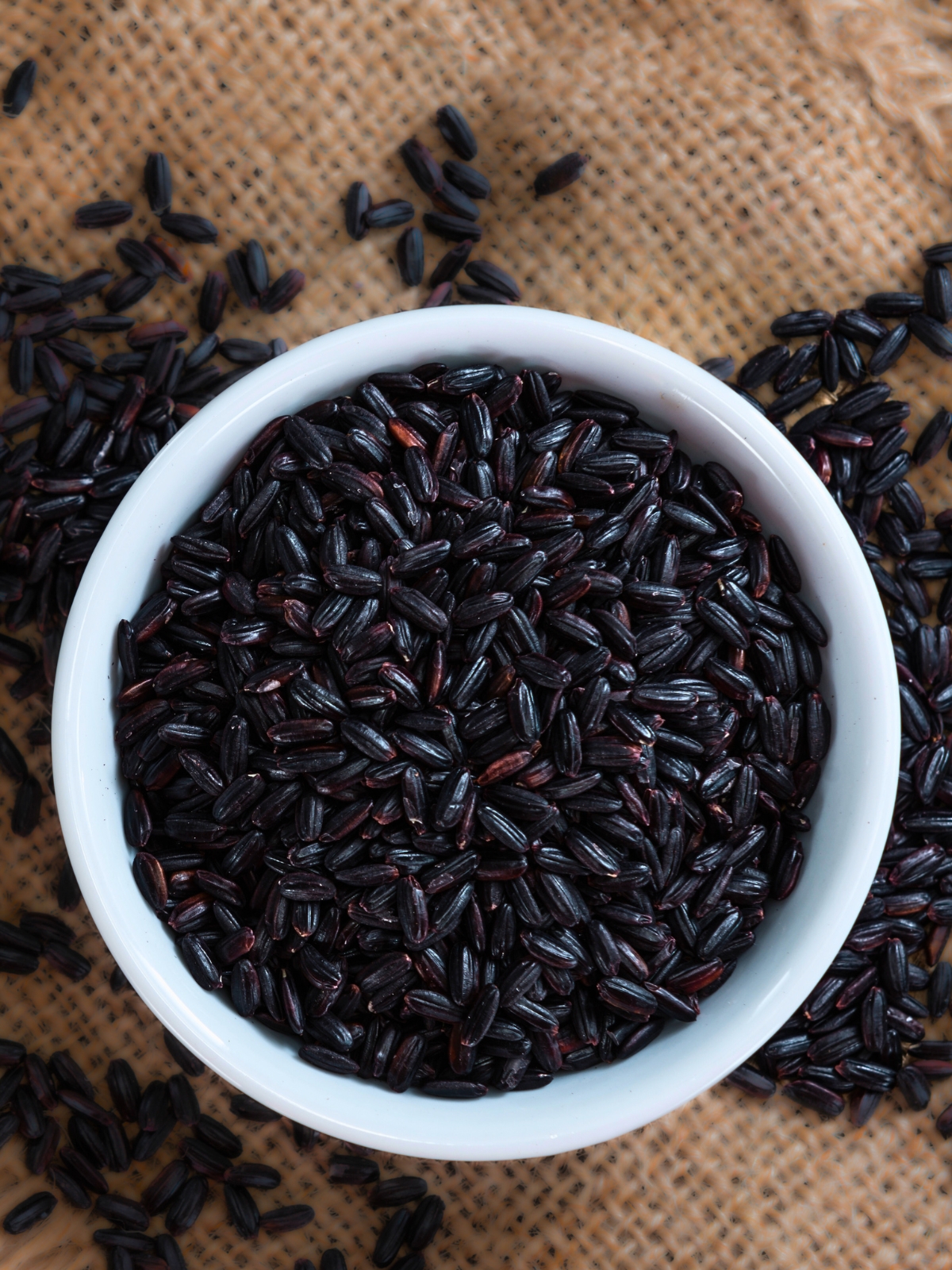
7. Ribe
Originating from Italy, ribe rice is a medium-grain variety known for its ability to absorb flavors while maintaining its structure.
The research reveals that it has a medium level of amylose, a type of starch that influences the texture and digestion of rice.
This also means that ribe rice can offer a balance between fluffiness and stickiness when cooked, making it suitable for a variety of dishes. Moreover, its moderate amylose content also can contribute to a slower digestion rate, which could be beneficial for blood sugar control.
It typically takes about 15-18 minutes to cook. This rice is versatile and works wonderfully in risotto, rice salads, and even stuffed vegetables.
8. Kalijira
Kalijira rice, often referred to as "the prince of rice," is a tiny, aromatic medium-grain rice from Bangladesh.
Despite its small size, kalijira packs a flavor punch with its naturally fragrant aroma and delicate taste. It's similar to famous varieties like basmati [an aromatic long-grain rice] but boasts its own unique characteristics.
It has a balanced amylose and amylopectin content, which means it cooks up fluffy yet slightly sticky, usually in less than 15 minutes.
This rice is traditionally used in biryani and pilaf recipes, lending an exquisite flavor profile to these dishes.
9. Baldo Rice
Baldo rice, exclusively grown in Italy and Türkiye, is known for its well-rounded qualities. It offers a balanced mix of amylose and amylopectin, which means it can be both sticky enough to hold together and fluffy enough to stand apart.
This dual nature, and the fact that it soaks flavors, makes it a great pick for various dishes, whether you're aiming for a smooth risotto, fragrant pilaf, or a rich, savory soup. Its slightly nutty flavor adds extra depth to meals.
Its resilience during cooking ensures it keeps its form, making it a solid option for cooks seeking a dependable rice variety for everyday meals.
🙋♀️People Also Ask [FAQs]
Medium-grain rice, with its slightly sticky yet tender texture, excels in dishes where grains need to stick together without clumping. It's perfect for paella, risotto, and sushi that demand a fine balance between stickiness and individual grain separateness. Its versatility also makes it a good candidate for various rice bowls where delicate clumping enhances the eating experience.
To ensure longevity and maintain quality, store uncooked medium-grain rice in a cool, dry place. Use an airtight container to protect it from moisture and pests. Once cooked, refrigerate it in a sealed container and ideally consume it within a few days to preserve its best qualities.
This rice generally cooks within a timeframe comparable to other rice types, typically requiring about 20 minutes when using traditional stovetop methods. The exact cooking time can vary slightly based on the specific variety and desired texture, but it does not significantly differ from the cooking durations associated with long or short-grain rice.
While medium-grain rice can be used for stir-fry dishes, its slightly moist and tender texture makes it less ideal than long-grain rice, which tends to stay separate and firm under high heat. However, if you only have medium-grain rice, you can certainly use it in stir-fries, providing a slightly different texture that some may find appealing. For optimal results in stir-frying, use rice that has been cooked and then chilled, as this helps to firm up the grains.

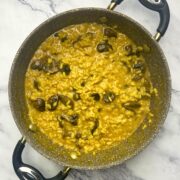

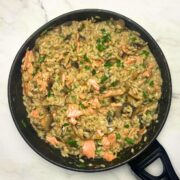
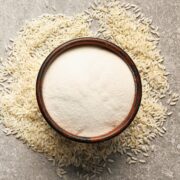
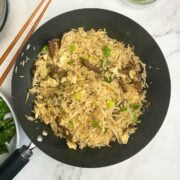
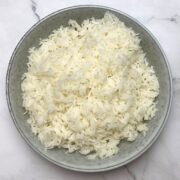
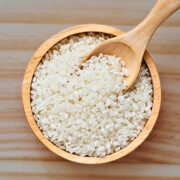
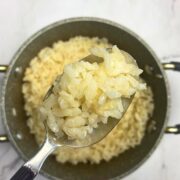
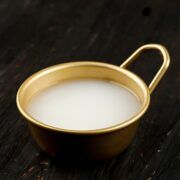
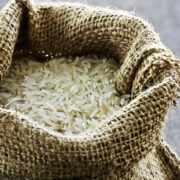
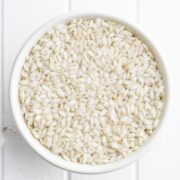


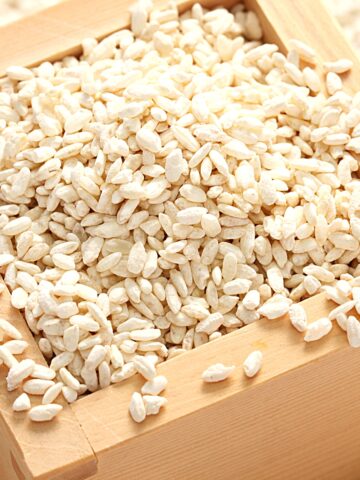
Leave a Comment